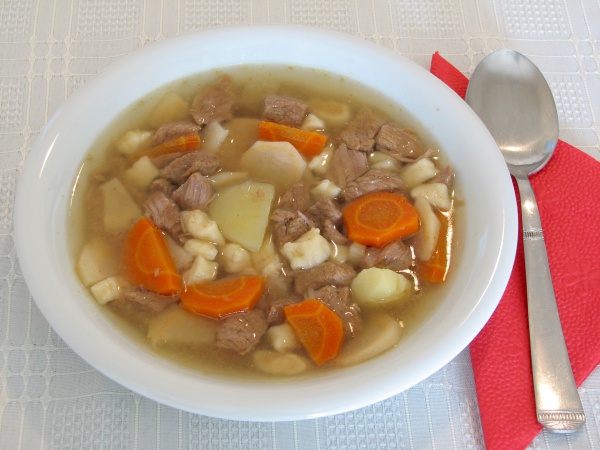Facts About Hungarian cuisine
Hungarian cuisine, also known as Magyar cuisine, is a delightful amalgamation of flavors and traditions that highlight Hungary's rich culinary heritage. At its core, Hungarian food revolves around meats, seasonal vegetables, fruits, fresh bread, dairy products, and cheeses, often infused with the vibrant spice of paprika.
The array of meats used in Hungarian cooking is impressive, including chicken, pork, beef, turkey, duck, lamb, fish, and even game meats. Bread is a staple at every meal, and dairy products and cheeses are frequently enjoyed. The cuisine features a diverse selection of soups, casseroles, desserts, and pastries, each with regional variations that contribute to its overall richness.
Over the centuries, Hungarian cuisine has been influenced by various cultures, creating a unique synthesis of Uralic, West Slavic, Balkan, Austrian, and German culinary traditions. This blend reflects the historical nomadic lifestyle of the Magyar people, with a particular emphasis on meat dishes cooked over open fires. Spices such as paprika, dill, bay leaf, caraway, and cinnamon are commonly used to enhance the flavors of these dishes.
In Hungary, meal times are quite flexible. A hearty breakfast is common, but lunch is the primary meal of the day and often includes multiple courses. Dinner tends to be lighter in comparison. Special occasions such as Christmas and Easter have their own traditional dishes, and Hungarian desserts are known for their rich and varied flavors. Additionally, Hungary is renowned for its variety of sausages and cold cuts, along with popular beverages such as Hungarian wines, Unicum, Pálinka, and mineral waters.

 Slovakia
Slovakia